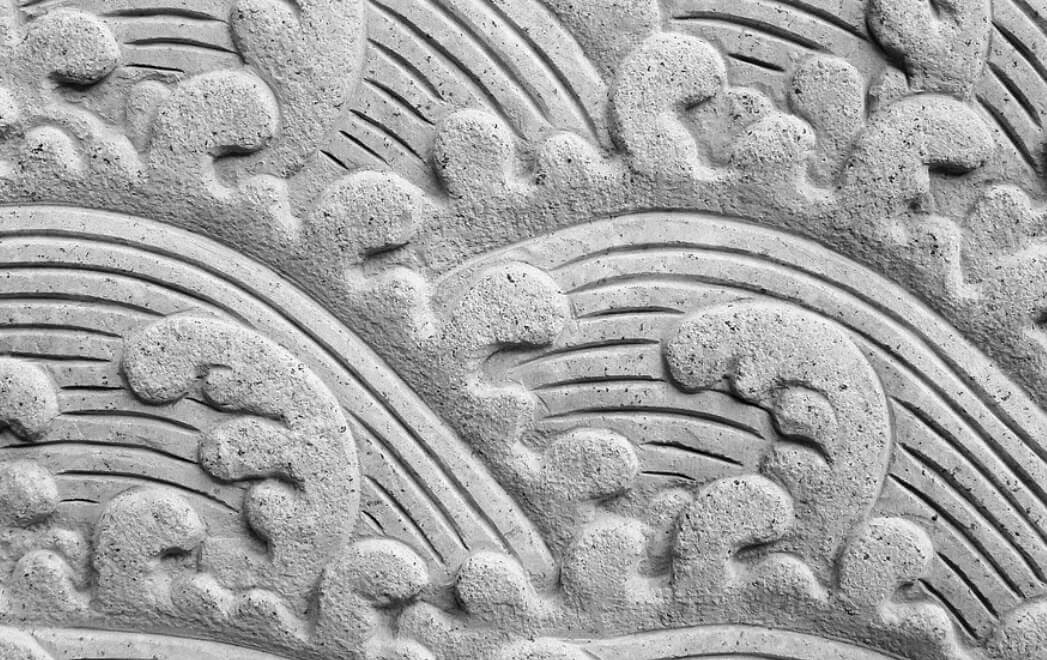What is the history of carving? What are the tools for carving? Information about carving and techniques.

Source: pixabay.com
Carving is the art of cutting, shaping, and sculpting various materials to create intricate designs and objects. This art form has a long and rich history, dating back to ancient civilizations such as the Egyptians, Greeks, and Romans.
In this article, we explore the history of carving, examining the various techniques and styles that have evolved over time. We also delve into the tools used for carving, from chisels and gouges to power tools and laser cutters.
Whether you’re a professional carver or just starting out, this article provides valuable information about the techniques used in carving, such as relief carving, chip carving, and carving in the round. We also discuss the different materials used for carving, including wood, stone, and ivory.
So whether you’re interested in the history of carving or looking to improve your own skills, this article is a must-read for anyone interested in the art of carving.
CARVING, one of the basic techniques of the sculptor, is the art of cutting a material, such as wood, stone, or ivory, to reduce its mass to the desired shape. The opposite technique is building up the mass, as in modeling clay or wax. Both cutting and carving are ways of reducing masses. Cutting is the process used to rough out the general form, and carving creates the specific forms and surfaces.
Tools.
Carving tools are highly specialized to fit the requirements of the material to be cut. Both wood and stone are carved with hammers and chisels and finished with files, rasps, riflers, and sandpaper and other abrasives. For stone carving, pointed chisels, flat steel chisels with a beveled cutting edge, and crenellated (toothed) chisels are hammered with a 2-pound (about 1 kg) steel mallet or a lighter wooden maul. A running drill, or bow drill, is used for deeper incisions, and a pneumatic hammer provides greater speed and flexibility. In wood carving, a round mallet, a square maul, or the heel of the hand is used to drive steel gouges and spoon-shaped, fan tailed, or flat chisels. Materials other than stone and wood are carved with knives or with specialized variants of the tools described.
History.
The earliest carvings, dating from the dawn of man, are fertility symbols and other objects made for magic rites. By 3000 b. c., stone carving as a monumental art appeared in Egypt, Mesopotamia, and the Orient. In Western art the classical Greek and Roman periods produced a rich variety of sophisticated stone carvings. The numerous cathedrals and churches built throughout Europe during the Middle Ages established a great tradition in both stone and wood carving for exterior and interior decoration and objects for liturgical use. In the late Gothic period a specialized art of carving fruit pits and small boxwood figurines flourished in Germany. In the Renaissance and baroque periods, the art of stone carving was again emphasized, although in Spain the medieval tradition of wood carving persisted.
Among the great stone carvers in the history of Western art are Michelangelo, Bernini, and Donatello (who also carved in wood). In the 20th century there has been a revival of interest in stone and wood carving, with styles tending to emphasize the process of carving often by means of tool marks left on the finished piece. Constantin Brancusi and Henry Moore are among the best-known 20th century sculptors who are primarily carvers in stone and wood.
mavi